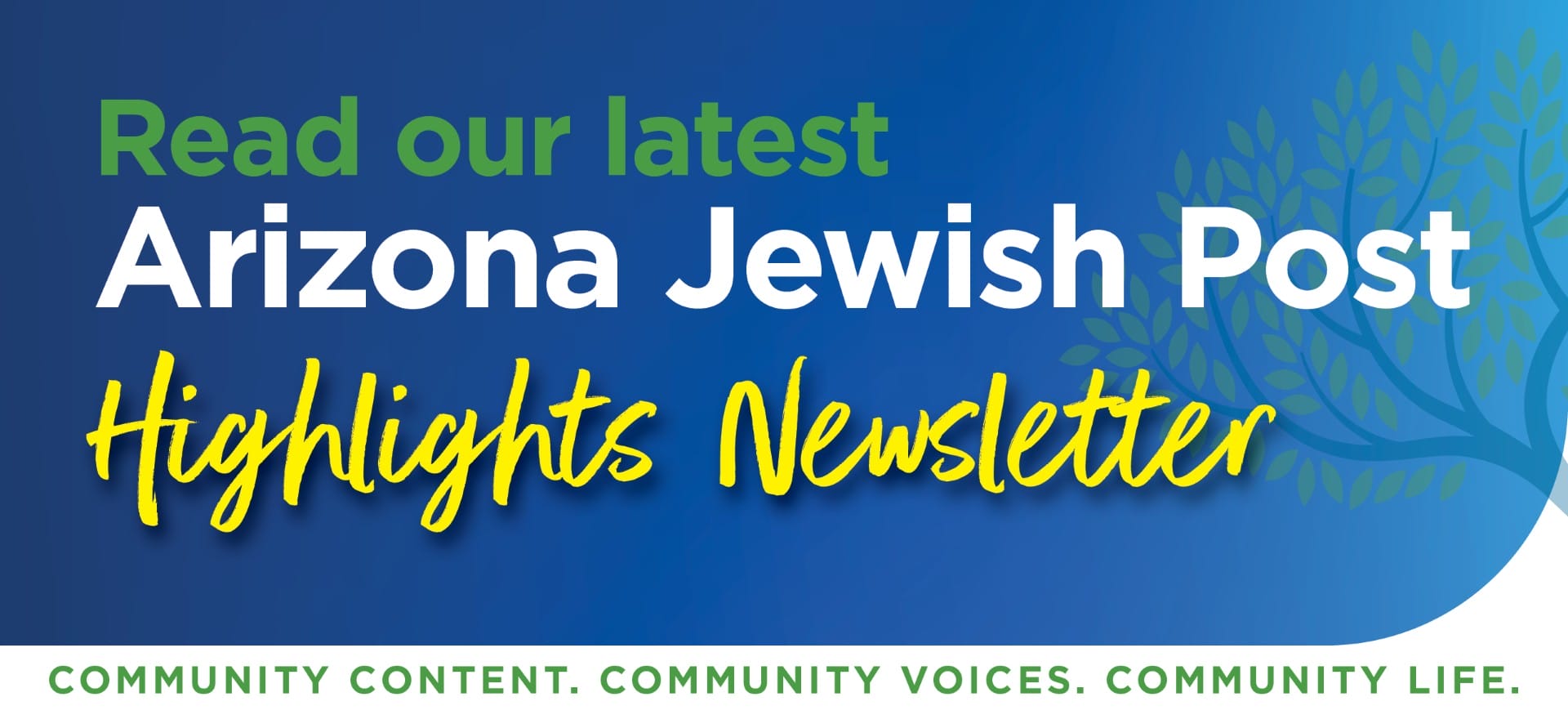This story originally appeared on Alma.
I received what I believe to be an average Jewish American Conservative synagogue education. I attended Jewish preschool, the full run of weekly, then biweekly Hebrew school, and completed “Hebrew high school” all the way through the rabbi’s confirmation class. This was all at my synagogue outside of Philly, with a predominantly Ashkenazi congregation in a predominantly Ashkenazi part of the Jewish Diaspora. And, of course, I am of Ashkenazi descent (99.2%, according to 23andMe).
So what exactly did these many years of Jewish education teach me? I learned the fundamentals of Judaism: stories from the Torah and ancient Israel, holidays and their traditions, Jewish values, to read and write Hebrew (but not actually to understand the meaning), and to decipher trope for cantillation. I also learned about Zionism, the Holocaust, the birth of the State of Israel, and modern-day Israeli culture, providing some context for the past century of Jewish life.
I appreciate what I learned, but Jews have been around for millennia. Why did I only learn about the biblical and early post-biblical times, and then select topics from recent centuries? What happened to us during all those years in between? Again, Jews have been around for millennia, and a lot of this time was not spent in Israel.
I wish I had learned more about the Jewish Diaspora. How has the Diaspora grown throughout history? What are all of the unique Jewish Diaspora populations that have formed? What languages did/do they speak? What pressures have these populations faced and how were their respective cultures shaped? How are these populations doing today?
In Hebrew school, I did hear and learn the terms Ashkenazi, Sephardic and Mizrahi. We even briefly discussed Ethiopian Jews. I didn’t give these terms much thought. But of course, these terms — these people — mean so much more. It wasn’t until I took a deep dive into Wikipedia’s page on the Jewish Diaspora that I learned about more specific cultures within these labels. Apparently there’s a large Bukharian Jewish population in New York, which is fascinating to me considering I had never even heard the term Bukharian before. There are “Mountain Jews” in the Caucasus of Persian Jewish origin. Who knew? Not me! Communities like the Cochin Jews persisted in India for centuries. I certainly had no idea! After a combined 13 years of Jewish education, it’s all the more baffling that I’m just learning about these communities now through some random clicks on Wikipedia.
Even when it came to my own Ashkenazi ancestors, I got a better picture of old-world Ashkenazi life from watching Fiddler on the Roof than anything I learned at my synagogue. I always wondered why, when reciting the Mourner’s Kaddish at services, my older relatives chanted “Yisgadal v’yiskadash” while my peers and I said “Yitgadal v’yitkadash.” It wasn’t until reading Aaron Lansky’s book Outwitting History that I learned “Conservative congregations across the country changed from Ashkenazic to Sephardic Hebrew. The ostensible reason was to bring liturgical Hebrew in line with the spoken language of the young State of Israel.” While I understand the decision to unify Jews of the Diaspora with the official language of Israel, my family came to the U.S. speaking Yiddish. Now that I am aware of it, I don’t love this erasure of Yiddishkeit. What else was omitted from my Jewish education?
Maybe if it were 1850, I’d be busy in the throes of shtetl life with very little knowledge or care for Jews outside of my personal community. But it’s 2020, and I live in the great American melting pot with a high-speed internet connection. My country’s Jewish population and my congregation may be predominantly white European Ashkenazim, but we have diverse Jews among us everywhere we look. We have the ability to connect with and learn about Bukharian Jews, Beta Israel, Moroccan Jews, Jews of color and Jewish converts of different backgrounds.
There’s no reason we should have to embark on these Jewish studies on our own. Education on Jewish Diaspora cultures and the diversity of Jewish identities should be an integral part of formal Jewish education. Without this, we are left in a state of ashkenormativity that is damaging to those who don’t fit a Eurocentric definition of being Jewish. By taking the time to learn about the different origins and customs of all Jewish backgrounds, we will end up united in a more holistic understanding of Judaism.
Personally, I am in awe of Jewish resilience. But I cannot properly understand or appreciate this resilience without seeing the full spectrum of the Jewish people. I wish my Jewish education could have at least tipped me off to all I was missing.
Samantha Tener is a biomedical graduate student in New York City.
The views and opinions expressed in this article are those of the author and do not necessarily reflect the views of the AJP or its publisher, the Jewish Federation of Southern Arizona.





